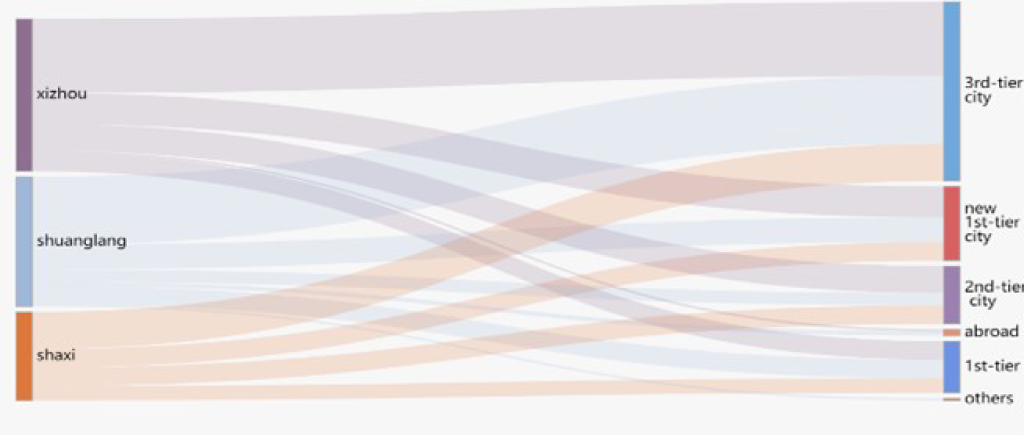What promotes coexistence of indigenous and immigrants under the background of urban-to-rural migration? -A case study of China and Japan-
Urban-to-rural migration has gradually been a global trend since around the 1970s (Ghose et al., 2004; Nelson et al., 2010). Such migration trend was promoted by the influence of the COVID-19 pandemic as a growing number of urban dwellers chose to move to rural areas with cleaner air, more sufficient spaces for leisure activities, and more green spaces (Golding, 2021; Pérez-Urrestarazu et al., 2020). On one hand, urban-to-rural migration can activate the local population and economy of a region, accelerate industrial transformation, and increase local investment (Ghose et al., 2004; McCarthy, 2008). On the other hand, there have been cases in the past in which urban-to-rural migration created conflicts between indigenes and immigrants, due to disturbance of traditional environments by immigrants or displacement of indigenes (Golding, 2016; Guimond & Simard, 2010). This research aims to identify significant factors that help promote the mutual coexistence between indigenes and immigrants in the context of urban-to-rural migration in China and Japan to explore approaches of making the global trend of urban-to-rural migration more sustainable for the future.
At present, a preliminary questionnaire survey of four rural areas experiencing a massive trend of urban-to-rural migration, Shuanglang, Xizhou, Shaxi, and Dali Ancient Town, China, has been completed with the cooperation of Tsinghua Univ. and The Univ. of Tokyo. The survey includes sociological data, such as demographic information, motivation of migration, social communication, local lifestyle and working environment, and spatial data, such as spatial distribution of new immigrants’ residences, workplaces, sites of leisure activities, local land use types, and rural planning documents.
Notable findings so far
1. The new immigrants in Dali are mainly educated people aged 20-40, and mainly from other cities in Yunnan Province and new first-tier cities like Chengdu and Hangzhou.
2. 41.8% of immigrants moved to Dali during the post COVID-19, and most of them were attracted by the work environment and job opportunities.
3. The spatial preference of immigrants in the four towns of Dali is different in connection with their social backgrounds and cultural and historical background of each town.


